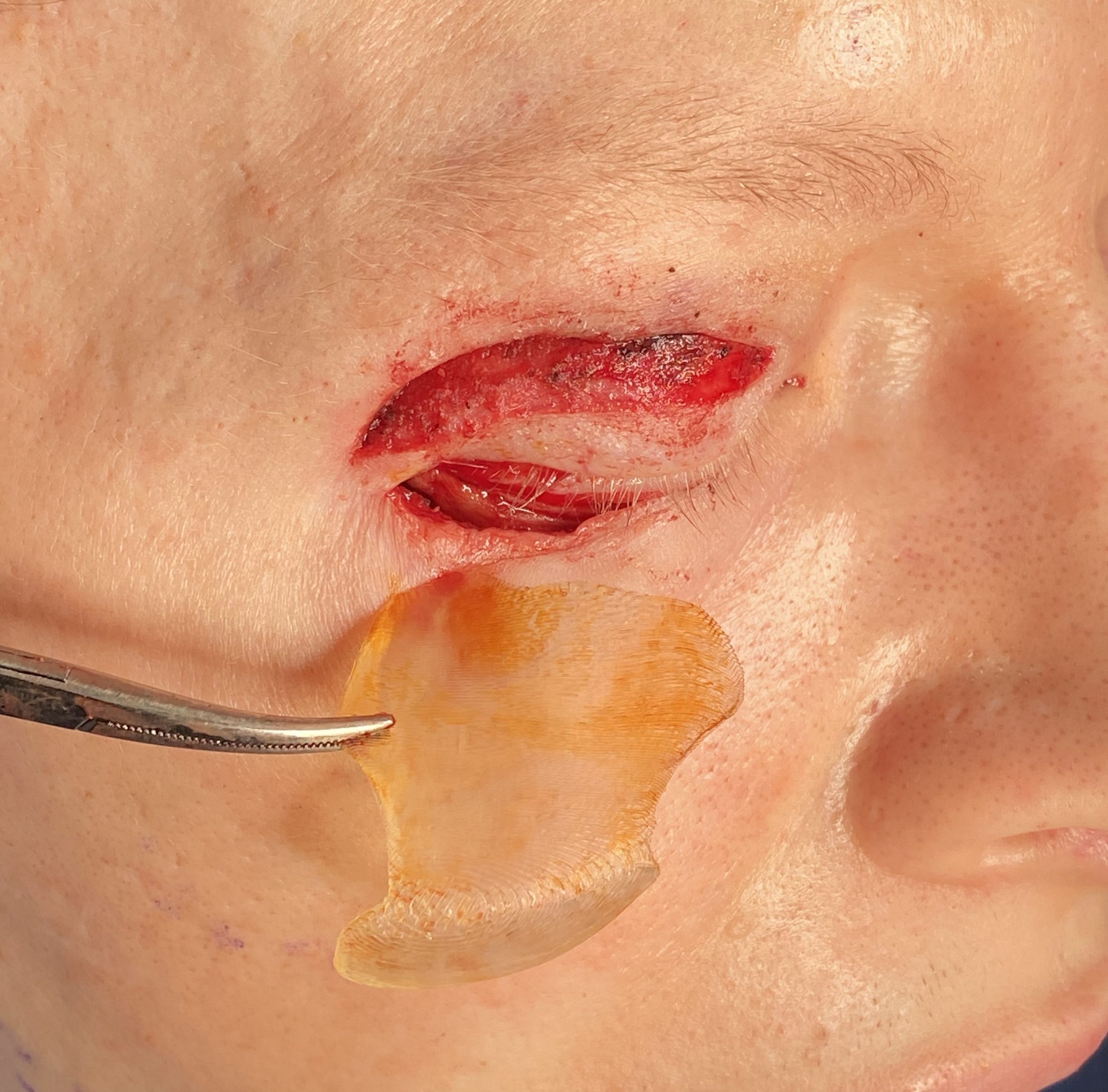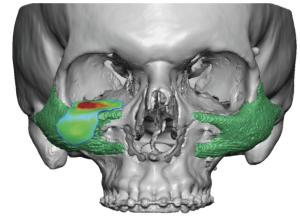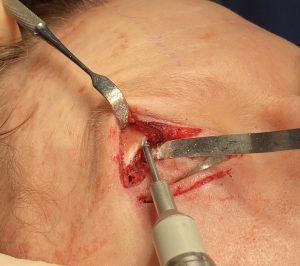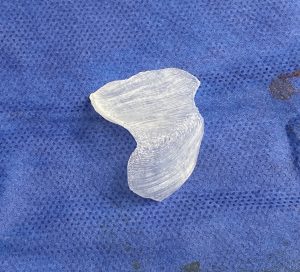Background: Vertical orbital dystopia (VOD) is usually a developmental asymmetry of the periorbital region. While it can occur in isolation it is usually part of an overall facial asymmetry where the affected face is vertically shorter or more compressed than the opposite side. It presents in two forms differing in the degree of inferior eye asymmetry. I refer to them as major (craniofacial) and minor (aesthetic) VOD which is differentiated by how much discrepancy exists at the horizontal pupillary level. (how different are the eye levels) Aesthetic VOD is when the horizontal pupillary diffferences are less than 5mms. This also makes it treatable without doing an orbital box osteotomy.
In aesthetic VOD the level of the orbital differences is the most measured component of the deformity by using a 3D CT scan to preoperatively design an implant to raise the orbital floor. Mirroring the opposite side allows an exact as possible lifted orbital floor and rim (and sometimes the cheek) to create bony symmetry. Usually this is 2 to 3mms
But raising the eye up alone is never enough. Everything around the eyeball has developed with the eye in the lower position. If the eye was just raised there would be increased scleral show from the lower eyelid, a created upper eyelid ptosis as well as persistent lower eyebrow position. VOD management must factor in soft tissue adjustments and the often lower brow bone can not be forgotten either.

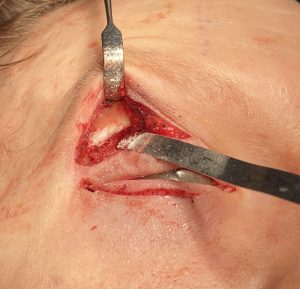

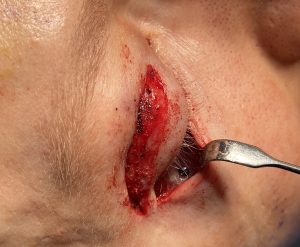
The foundational procedure in aesthetic VOD is to correct the inferior bony displacement of the orbit. Using a 3D CT scan to design an implant to do so provides the most exacting method of bony symmetry improvement. But the implant is just one component of VOD surgery who result will be disappointing if the surrounding soft tissues are not addressed as well.
Case Highlights:
1) A part of vertical dystopia (VOD) surgery is a method to elevate the globe best achieved by a custom orbital floor-ri implant.
2) The limits of safely raising the anterior floor of the eye in VOD is 3 to 4mms.
3) A custom VOD implant can be designed to be placed over an existing implant on the infraorbital rim if the amount asymmetry so warrants.
Dr. Barry Eppley
Indianapolis, Indiana

